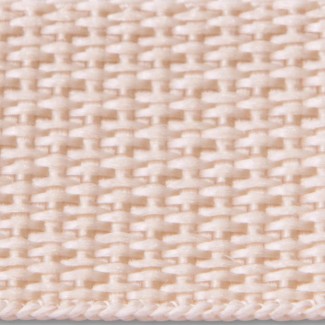- Local: (516) 346-4636
- Toll-Free: (800) 886-6060
- Fax: (516) 346-4366
- Email: kflynn@nationalwebbing.com
 The two most common types of webbing
material on the market are nylon and polyester. Both these materials are
versatile, offer many benefits, and boast a reasonable cost. It is OK to use
these materials interchangeably in some instances, but it is essential to
recognize that the materials are different enough to have straightforward
applications. Nylon and polyester are both extreme and lightweight. They are
also stretch-resistant, which helps make them easy to care for. Other than
that, the materials begin to differ.
The two most common types of webbing
material on the market are nylon and polyester. Both these materials are
versatile, offer many benefits, and boast a reasonable cost. It is OK to use
these materials interchangeably in some instances, but it is essential to
recognize that the materials are different enough to have straightforward
applications. Nylon and polyester are both extreme and lightweight. They are
also stretch-resistant, which helps make them easy to care for. Other than
that, the materials begin to differ.
Polyesters are an excellent choice for the outdoor industry because, unlike nylon, it is highly UV-stable and does not absorb water. Beyond that, the material is constructed in an extensive range of strengths and widths, meaning that there is a perfect fit for everyone. You can commonly find this material used for backpacks and hammock suspension.
Nylon is a powerful option commonly used in sporting equipment like rock climbing safety. Rock climbers prefer nylon over polyester because it has high elasticity and durability. It comes in various sizes, which include nylon 6 and 6.6. Nylon is not a great option to use around water because the material absorbs the water and becomes heavy.
Other webbing materials to consider include:
· Cotton Webbing
· Kevlar Webbing
If you have any questions about which webbing material is suitable for you, please call us today to find out more. We can handle all your wholesale webbing needs.